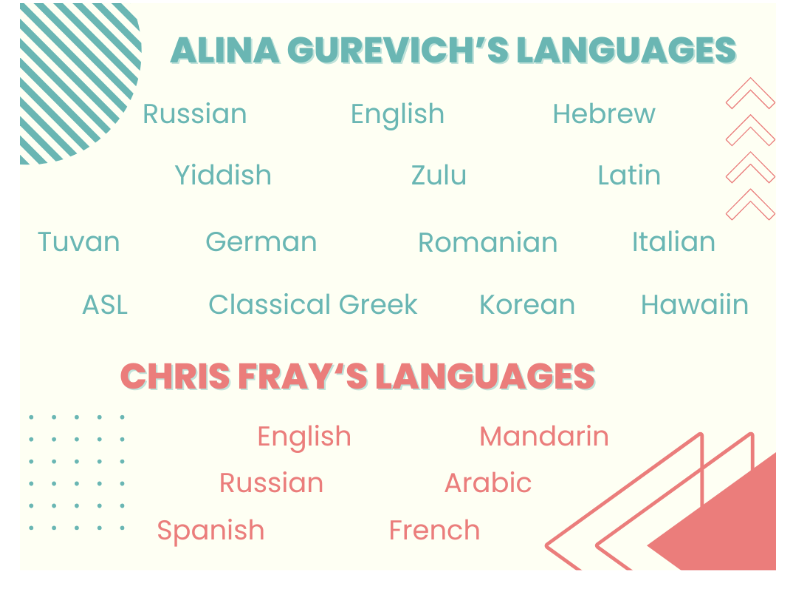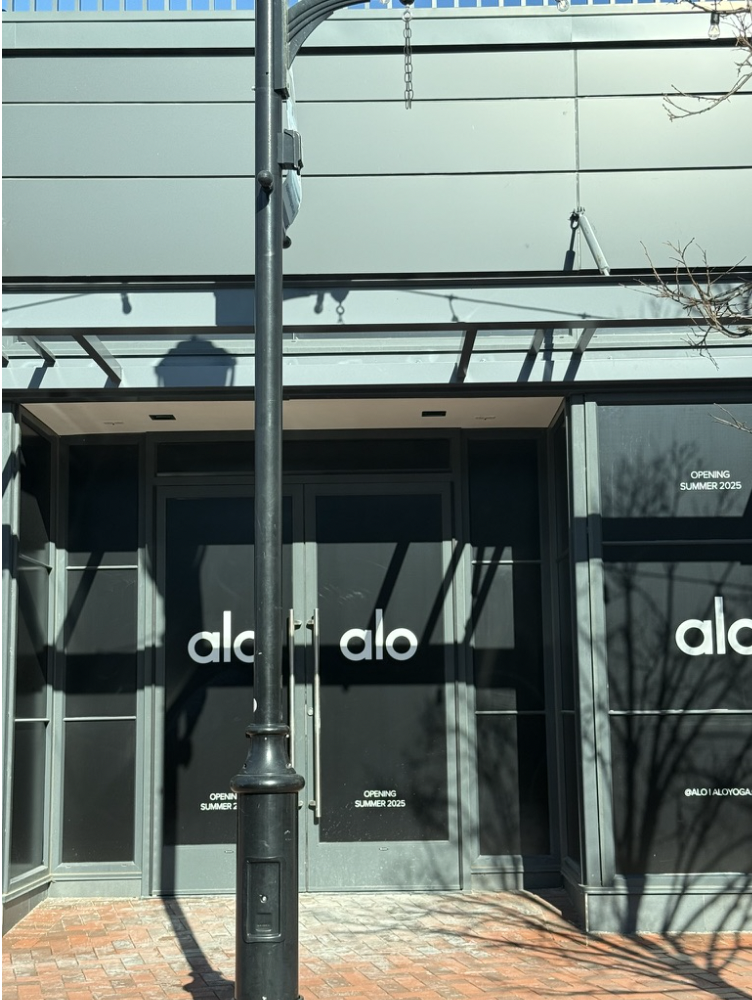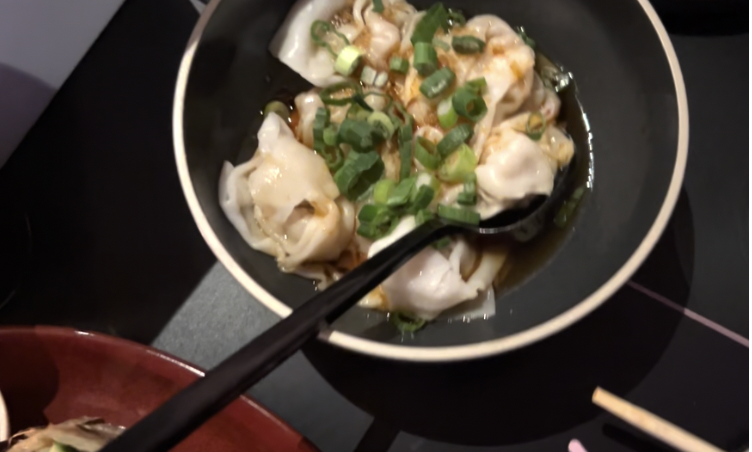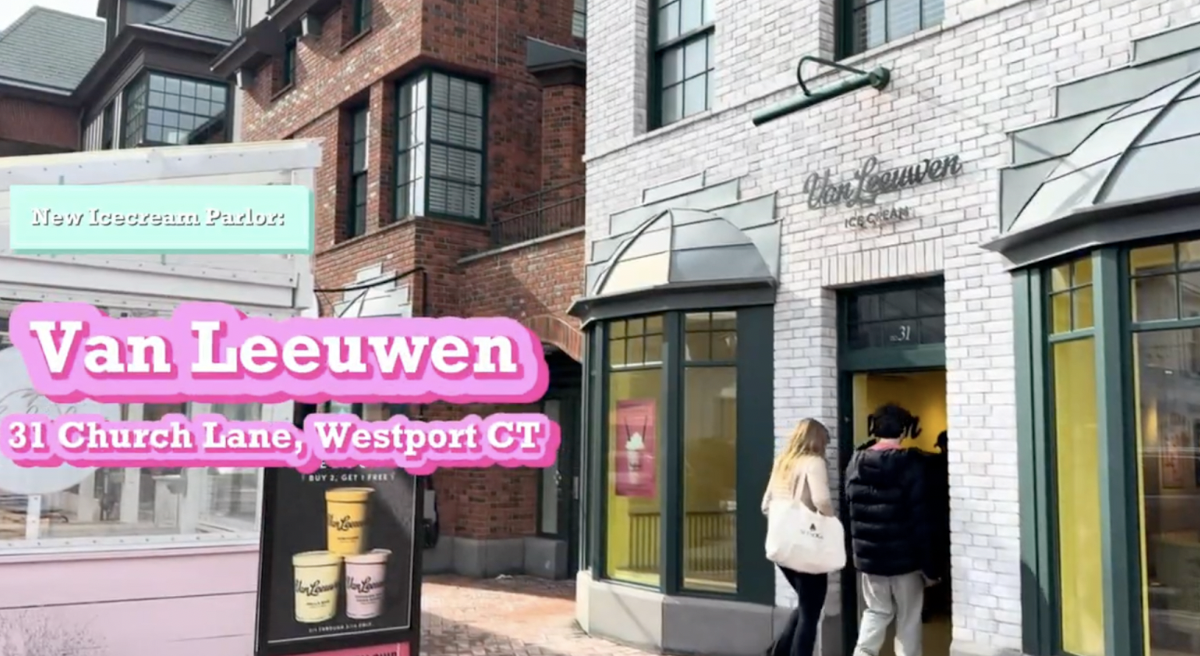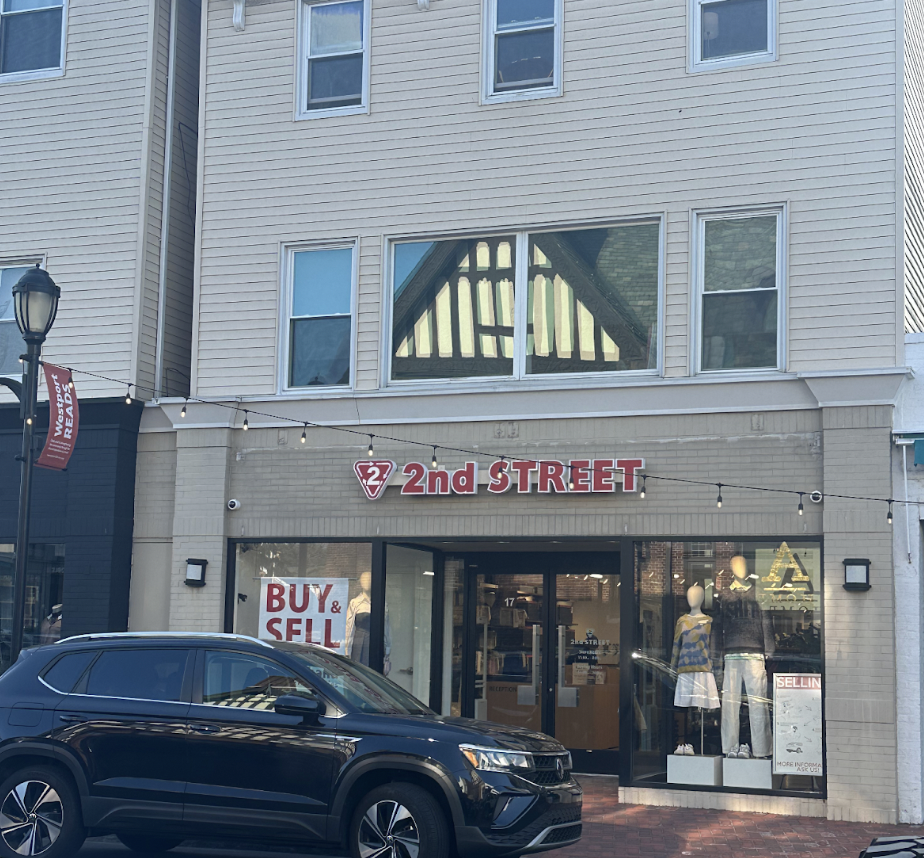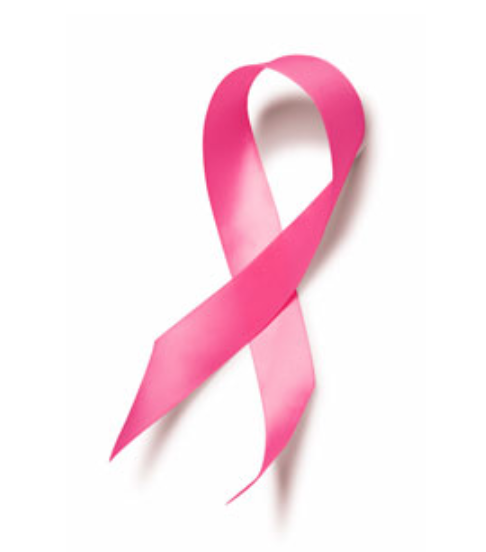By Dana Perelberg ’20
Breast cancer awareness is full of pink, whether it’s spotted on items sold throughout the month, or by students sporting the color head to toe. However, many people argue whether pink events and products serve an actual purpose or if they just spread “empty awareness.”
“The pink campaign is just making it all look so pink and pretty and easy,” Francine Sinay, a Staples English teacher and breast cancer survivor, said. Sinay explained that the campaign makes it seem like “you get breast cancer, and you get surgery, and it’s all over. And that’s really not the case.”
Sinay is not the only one who feels this way. She explained that she’s a member of a breast cancer survivors Facebook group, advocating against pink campaigns.
“I do feel that pink as a color minimizes the disease and its victims,” Megan Scheck, a Staples English teacher and breast cancer survivor, said. “There is nothing cute or girly about the effects of chemotherapy, the psychological trauma of fighting for your life, the pain and recovery and long-lasting effects of surgery.” However, this perspective is not universal.
“The event that [Pink-Aid] has […] is not light-hearted at all,” Su Gersh, Pink-Aid’s community event manager and Pink-Aid board member, said. “It is very serious with the warriors walking down.” Pink-Aid refers to breast cancer survivors as “warriors,” and every year they walk down a fashion runway at the event.
However, Pink-Aid is not the only campaign accused of being too lighthearted. Some think that the pink ribbon, typically the logo for breast cancer awareness, is not a satisfactory symbol.
“Pink ribbons are too often used in an underhanded way to make consumers feel good about what they are buying and who they are buying from. In other words, pink ribbons boost profits and image for a corporation or organization at the same time,” The Huffington Post said. “However, pink ribbons can be and often are misleading. Sometimes the sale of a product with a pink ribbon on it results in not one dollar or even one penny going to breast cancer anything.”
This is one of the reasons people believe that breast cancer campaigns spread empty awareness; the pink ribbon, as well as the use of pink in general, is put on objects as a marketing tool and doesn’t actually contribute to the cause.
“What bothers me is when we have a ‘pink out’ type thing and people go out and buy pink boas, and pink whatever, so they can get the feel-good moment of participating in ‘activism,’ when the money they spent on their feather boa could have easily gone to a place where it would make a real difference,” Scheck said. “Wear your regular clothes and give your $20 to the Swim Center in Bridgeport, or to Memorial Sloan Kettering research or the American Cancer Society.”
Although some feel this way, many still believe that breast cancer campaigns spread awareness, no matter how the message is communicated.
“You just want to bring awareness,” Raquel Kobak, a Westporter who has helped out with Pink-Aid, said. “You want to have fundraisers [and] help raise money.”
Lori Sochol, a Pink-Aid member and breast cancer survivor, agrees.“Bad or good publicity is still publicity,” Sochol said. “I couldn’t possibly judge anyone who is doing a campaign about breast cancer awareness.”


























